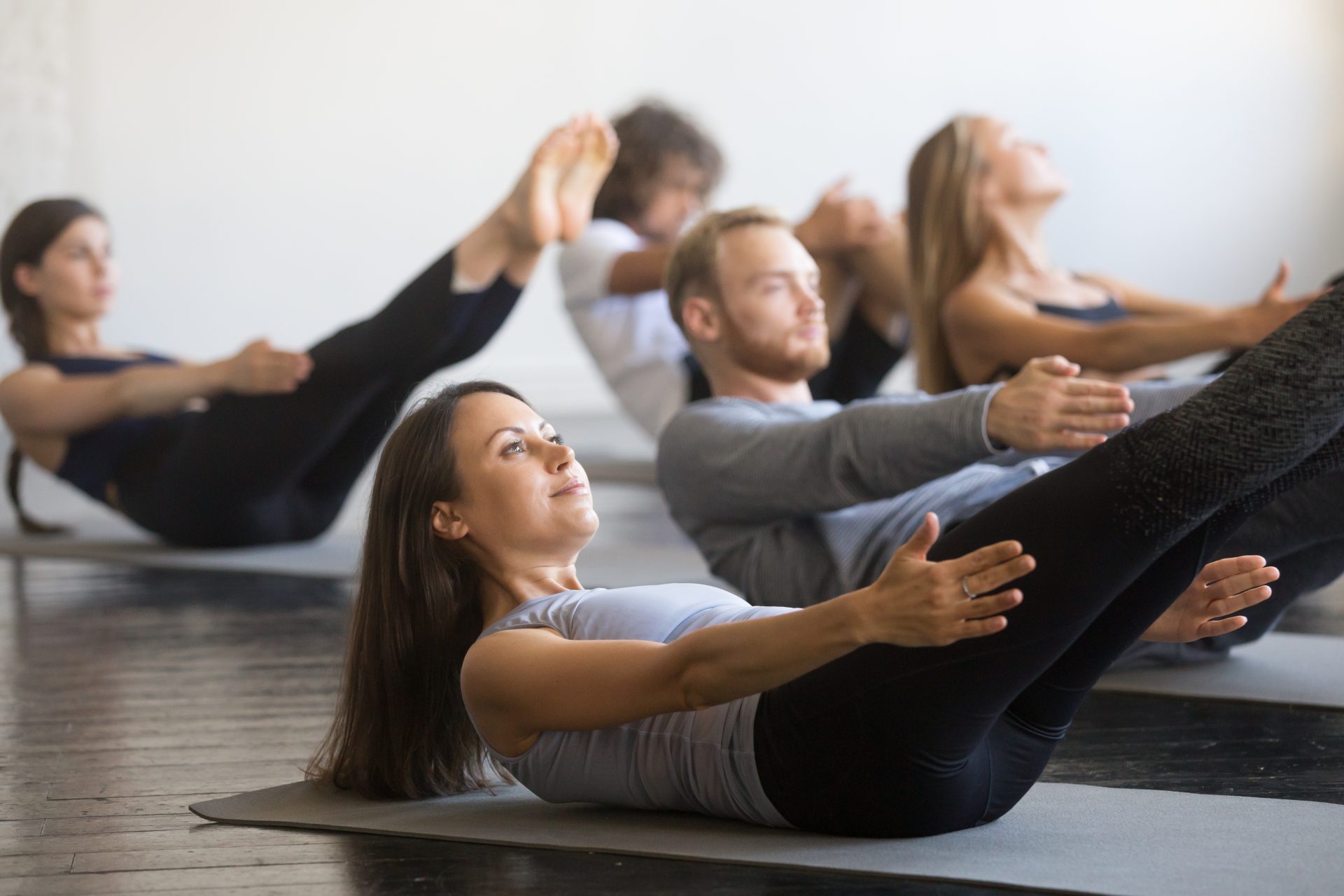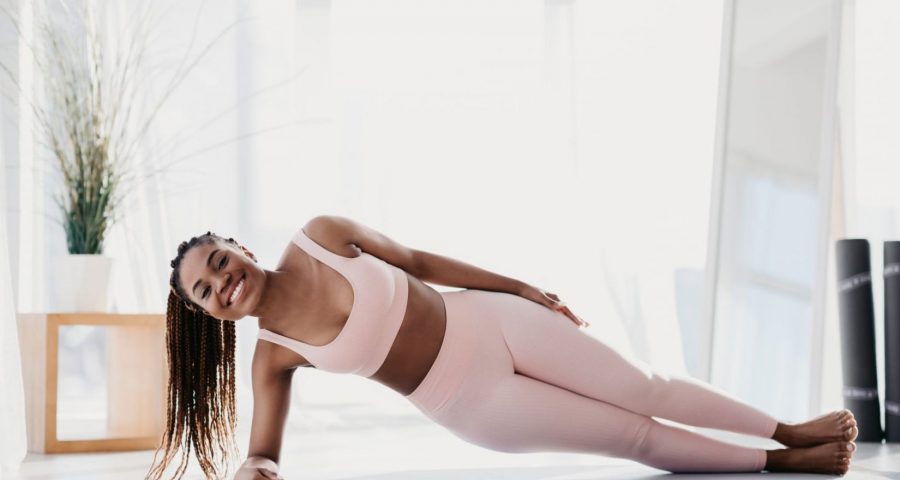Pilates is becoming increasingly popular these days, and with many of us trying it out for the first time, it’s important to learn how to practise it correctly.
Pilates is so good for the body and mind – it can improve balance, flexibility, core strength and even help those recovering from injuries. It’s also a low-impact workout that’s made for everybody, regardless of flexibility and fitness level.
But pilates is also a precise practice, and if you’re doing it at home, you may find yourself making small mistakes that stop you from reaping the full benefits.With that in mind, we’ve been digging into the most common pilates mistakes to find out how we can avoid them.
You may also like
Pilates benefits: could pilates be the key to becoming a stronger runner?
What are the 5 most common mistakes in pilates?
Holding your breath
When you attend a pilates class, it might seem like there’s so much to think about. “Many people hold their breath because they’re concentrating so much on how they are moving,” Anna Meggitt, pilates teacher and physiotherapist, explains.
“Try to think about exhaling on the effort (E & E) and inhaling on the easier part of the movement. This will help with core muscle contraction, control, and keeping your body well oxygenated as you exercise, so that you get the optimum benefit from a pose.”
Not being in quite the right position
You may also like
30 days of pilates: “Here’s how classical pilates made me physically and mentally stronger”
Sometimes, your body may not be in the position you think it is. “You’ll hear your instructor using phrases such as ‘neutral spine’, ‘table top’, and ‘imprinting’.I often find clients think they are in these positions, but their body awareness isn’t quite there,” says Meggitt.
If you’re a beginner to pilates, Meggitt recommends attending a small class where the instructor checks and corrects your position as this will help you learn when you’re getting your positions right. “Or, if you’re doing an online class, see if you can get yourself in front of a mirror to check your positions as you move through the exercises.”
Trying to go bigger, deeper or faster than necessary

“I often see clients moving through a huge range of movements when we complete exercises that are meant to be focusing on control and isolated muscle contractions,” Meggitt says.You might be able to lift your leg up really high when you’re doing a side-lying leg lift, but if you’re rocking back through your pelvis and bringing your leg up in front of you rather than out to the side, you’re not targeting the glutes – which is the muscle group you’re aiming to work.
“It’s important to focus on keeping your movement smooth, check in on your overall posture, and make sure that you’re feeling the burn where your instructor says you should ensure you’re not compensating.”
Doing pilates to lose weight
‘Does pilates cause weight loss?’ is a popular search term, but Holly Grant, founder of Pilates PT, cautions that it’s really important that people don’t start practising pilates hoping it will lead to weight loss. “Pilates is mainly musculoskeletal, rather than cardio, so on its own it probably wouldn’t really encourage weight loss,” Grant explains.
“But pilates is about so much more than aesthetics – it really does have the power to change how your body feels, relieve pain, improve posture, reduce risk of injury, and those are the main things we should focus on.”
Images: Getty
Source: Read Full Article
